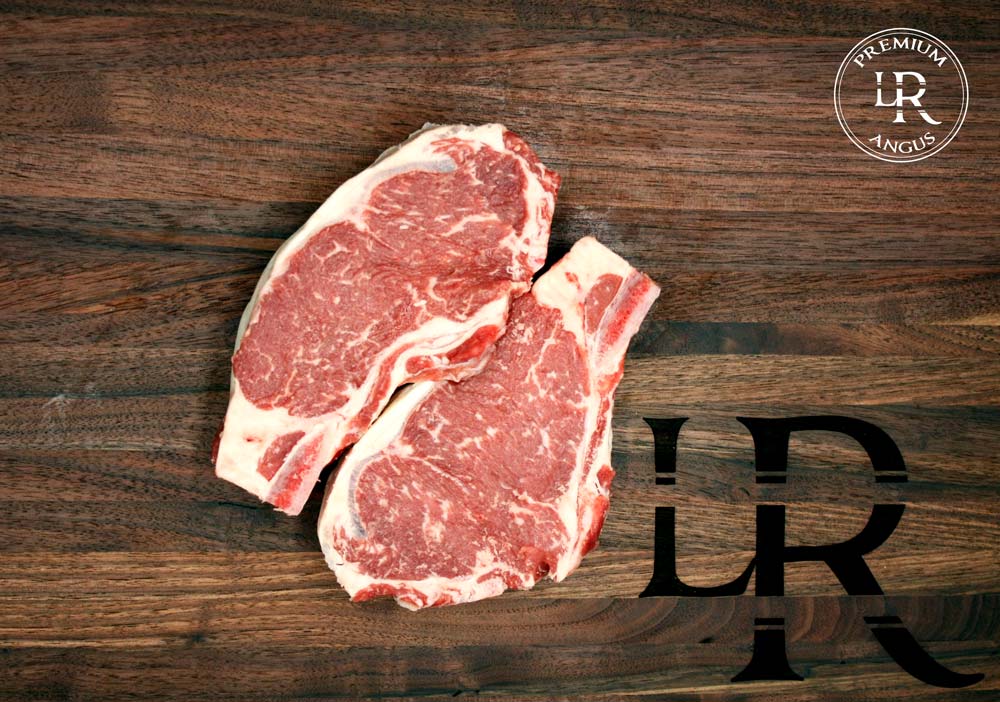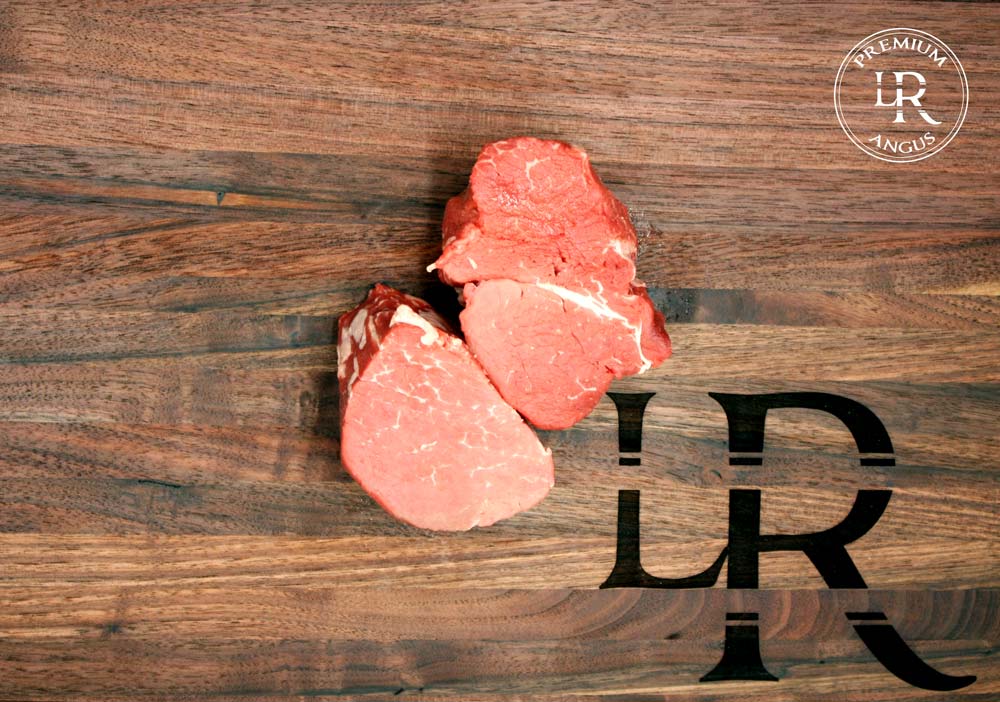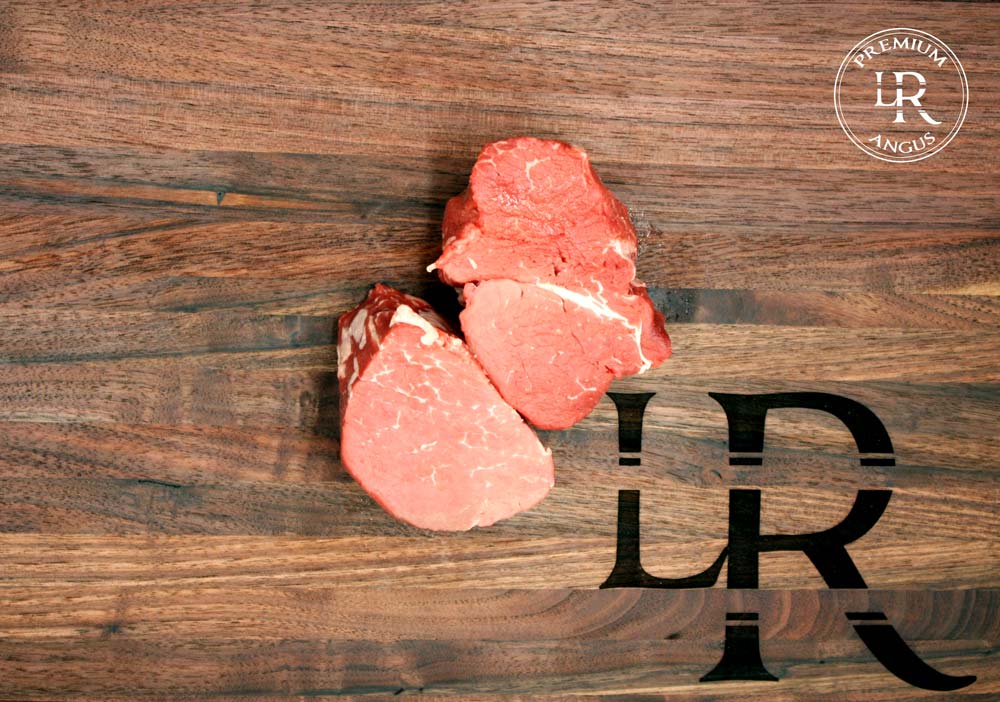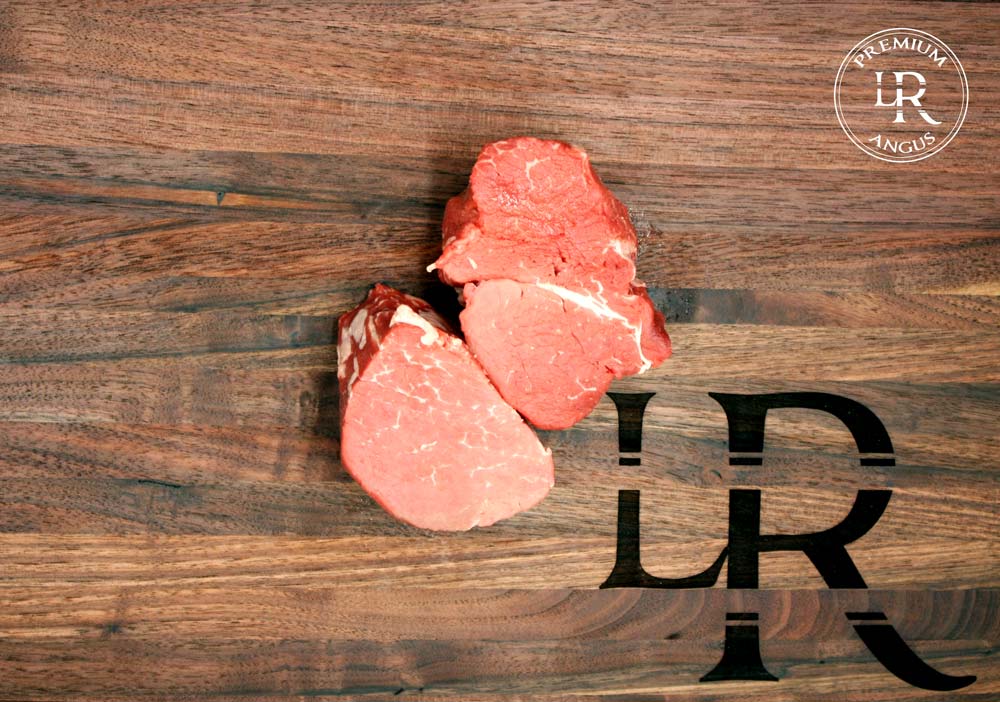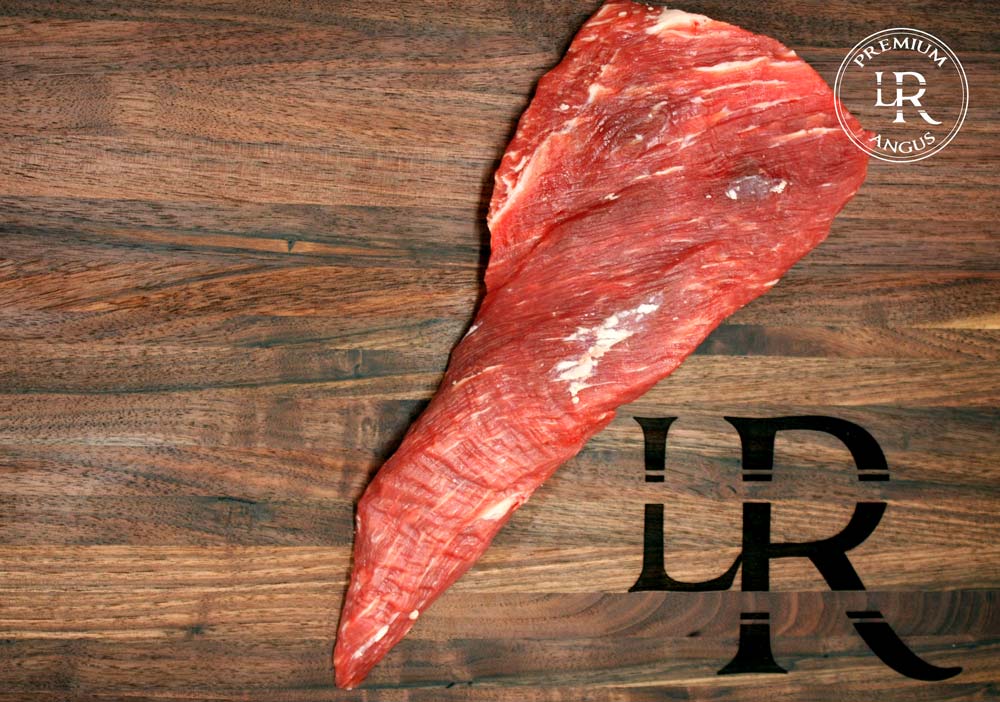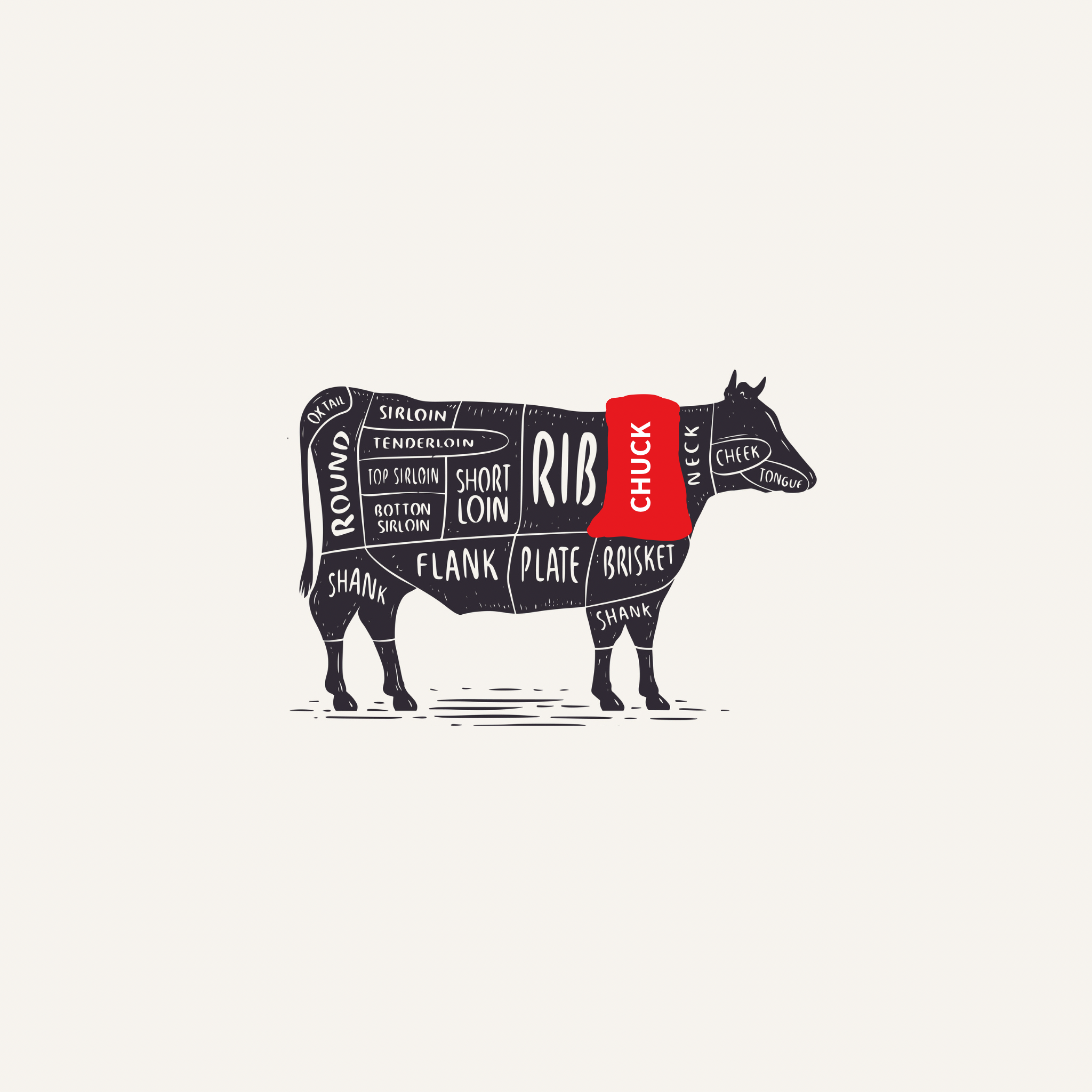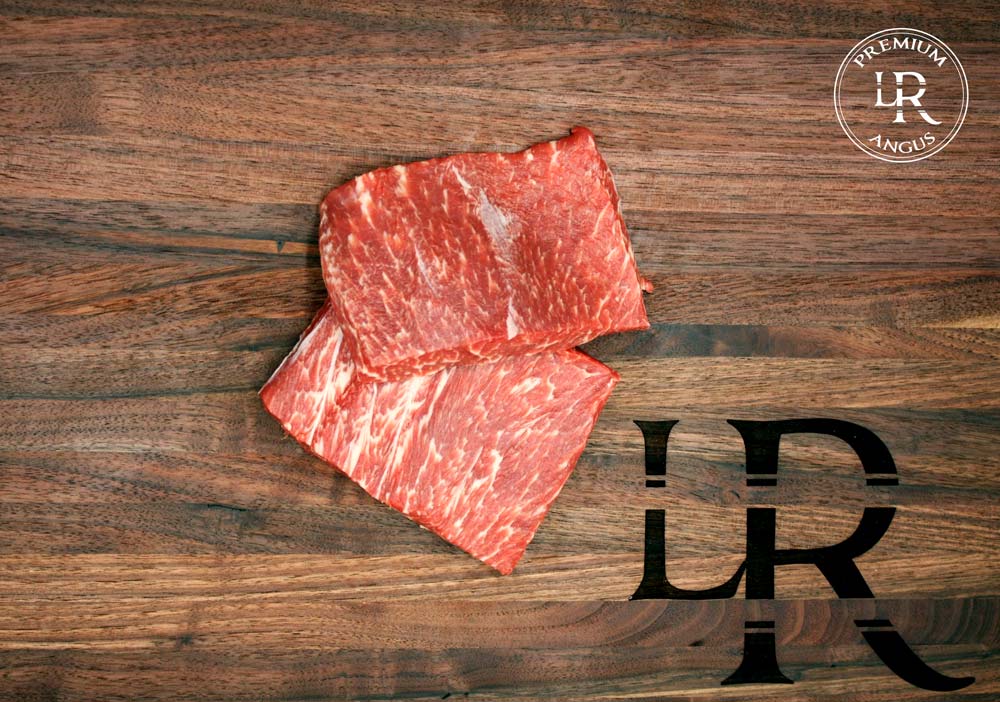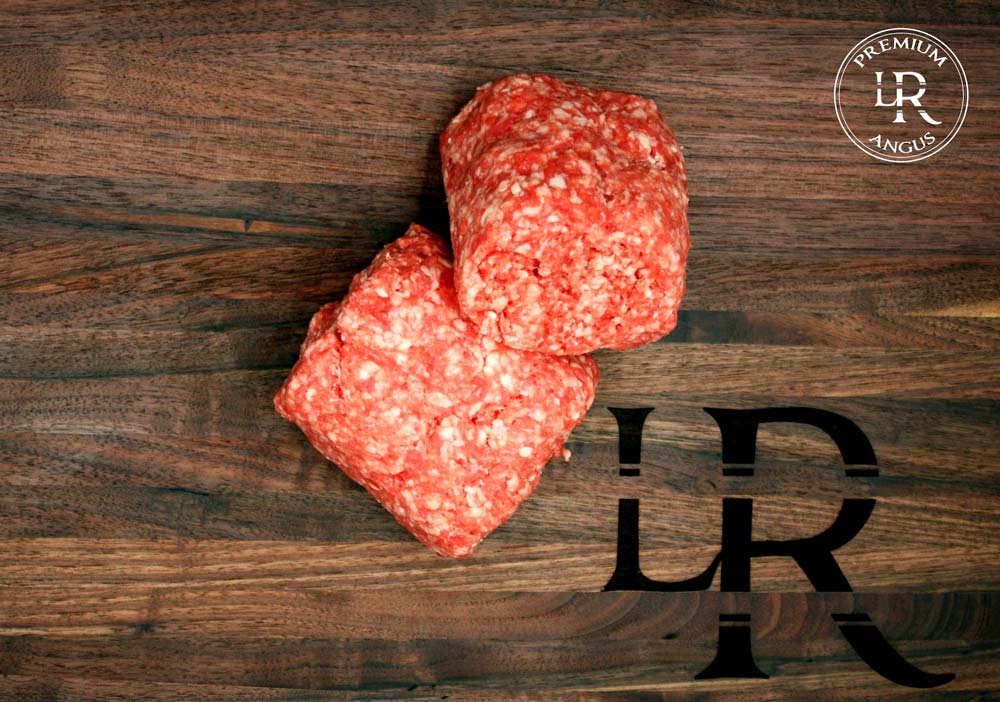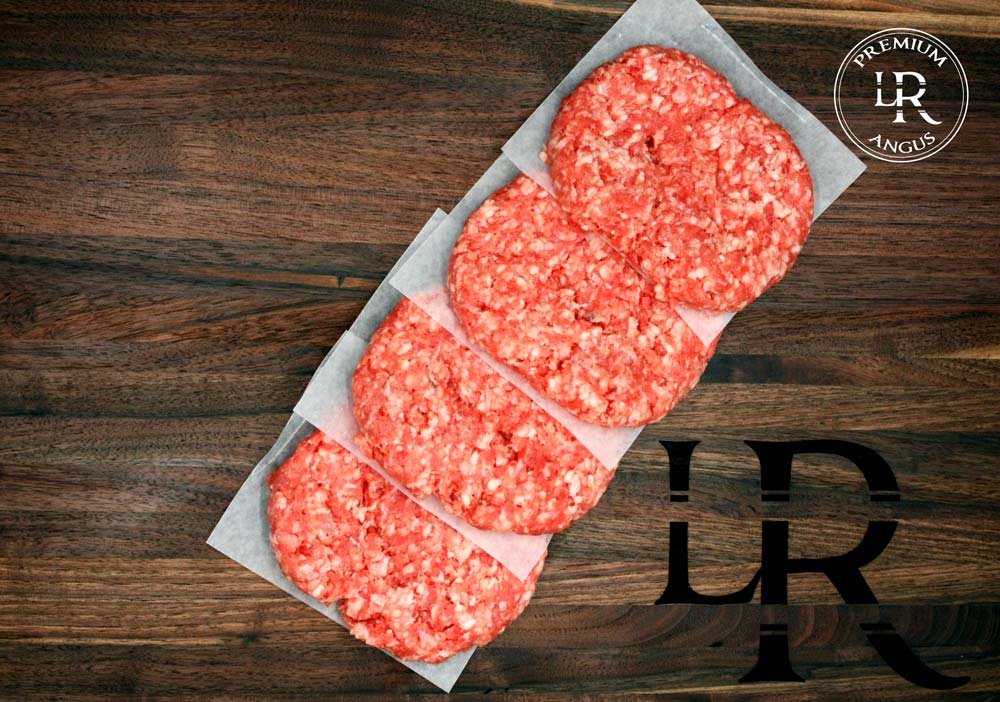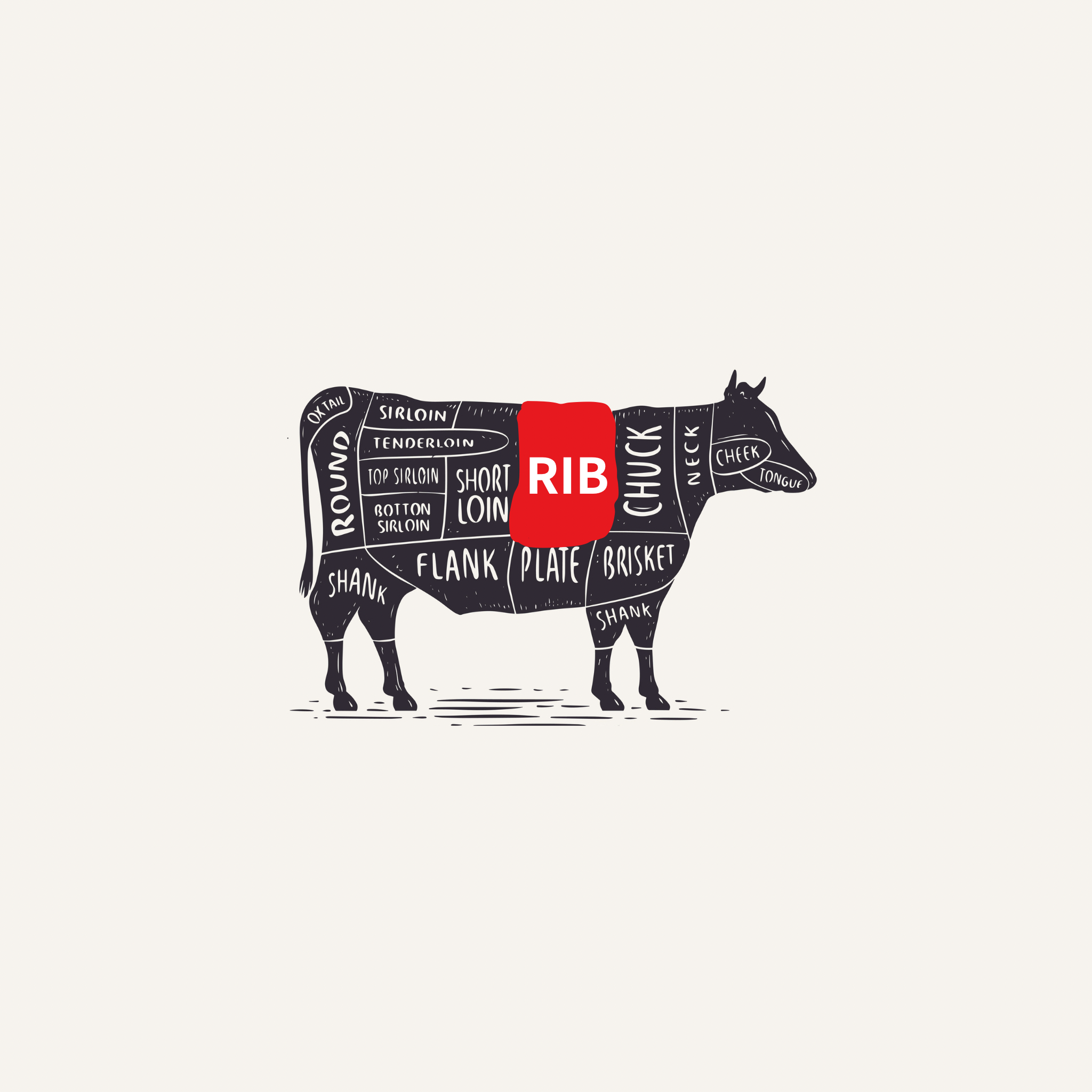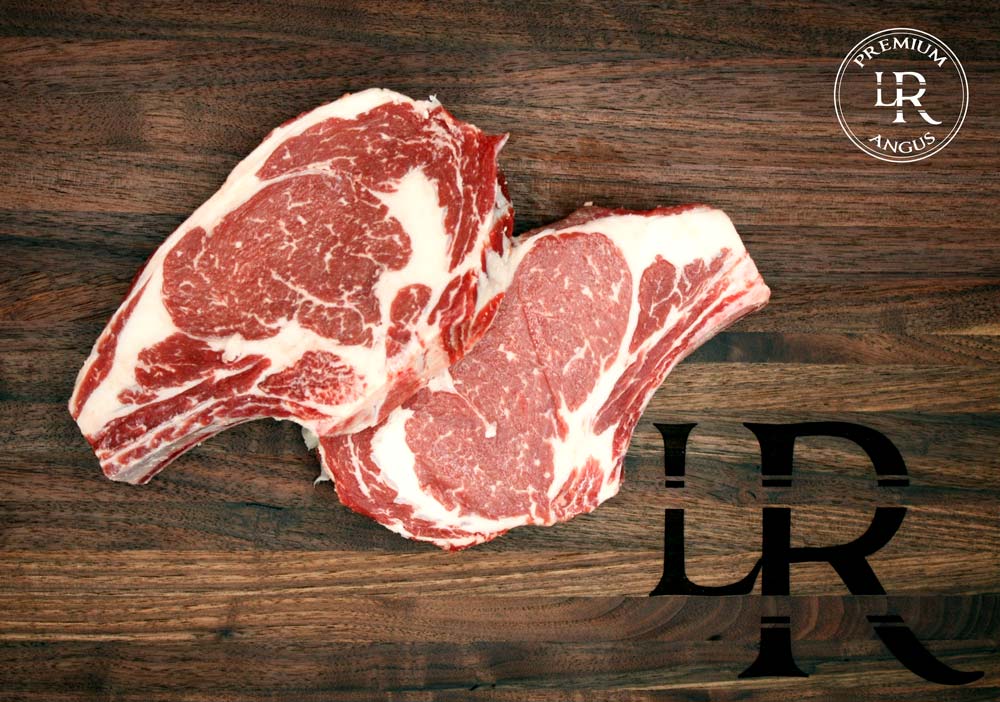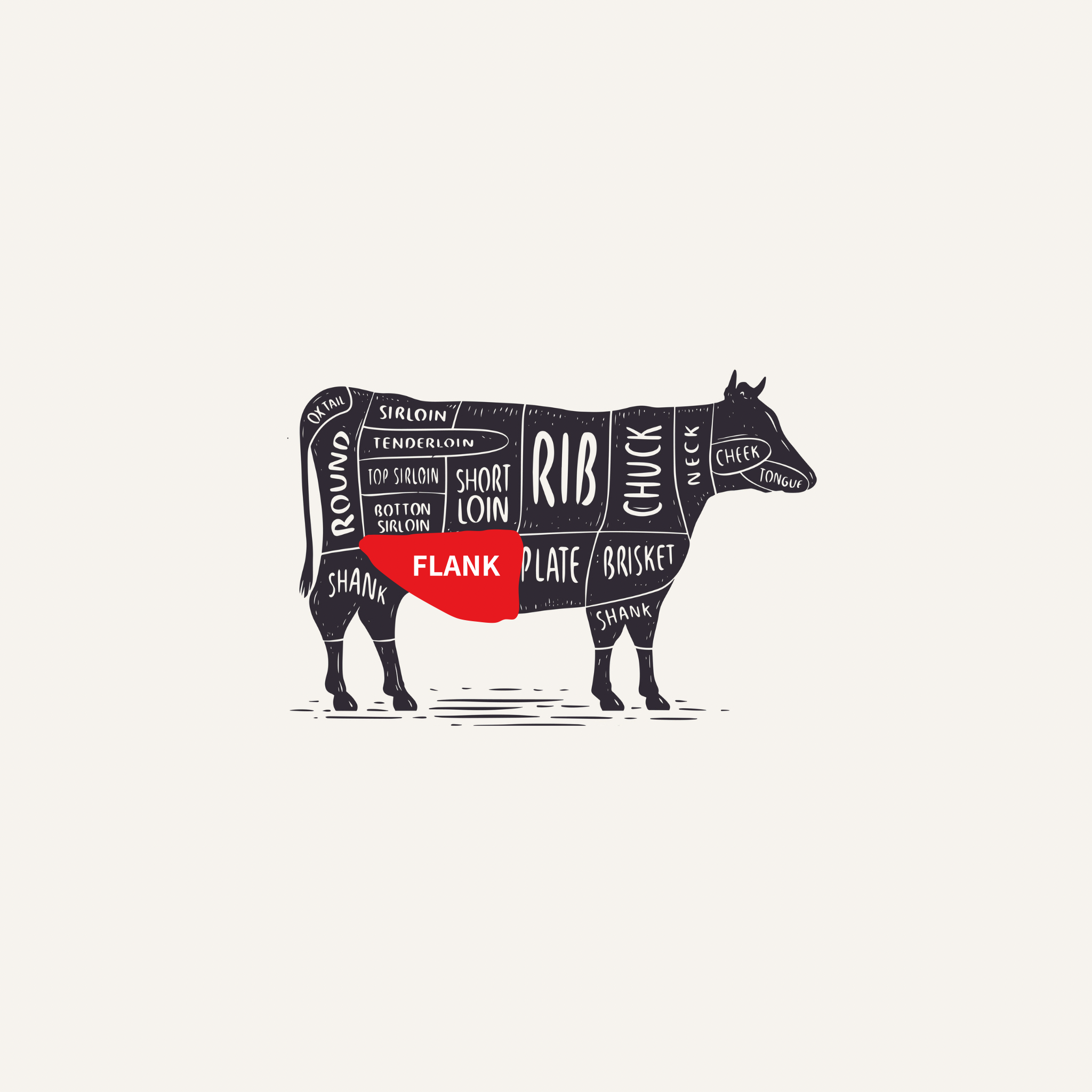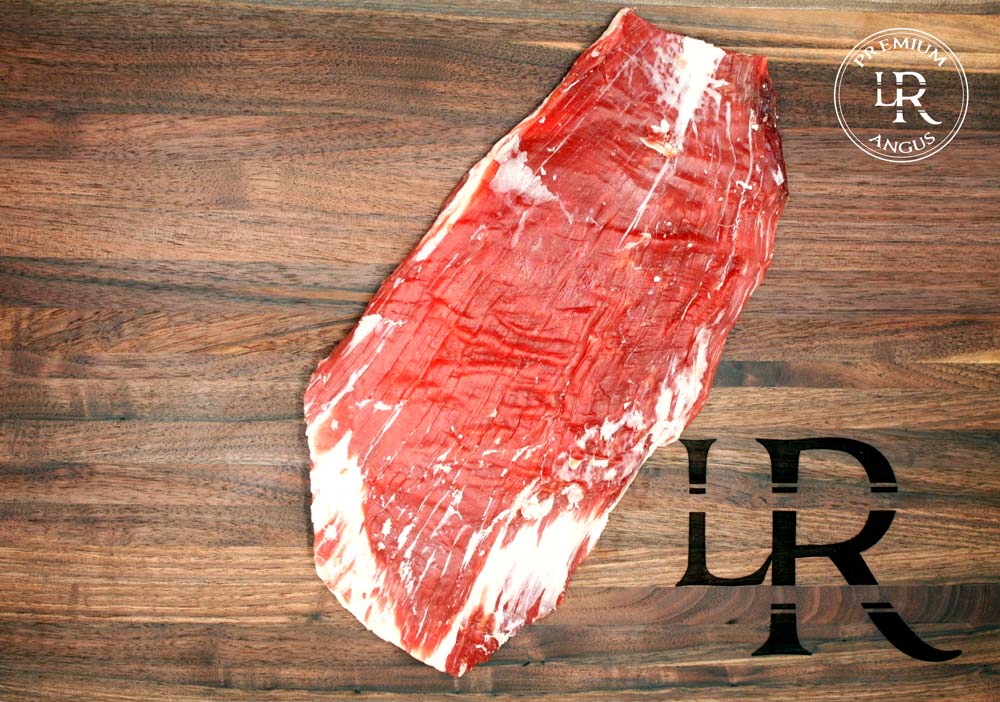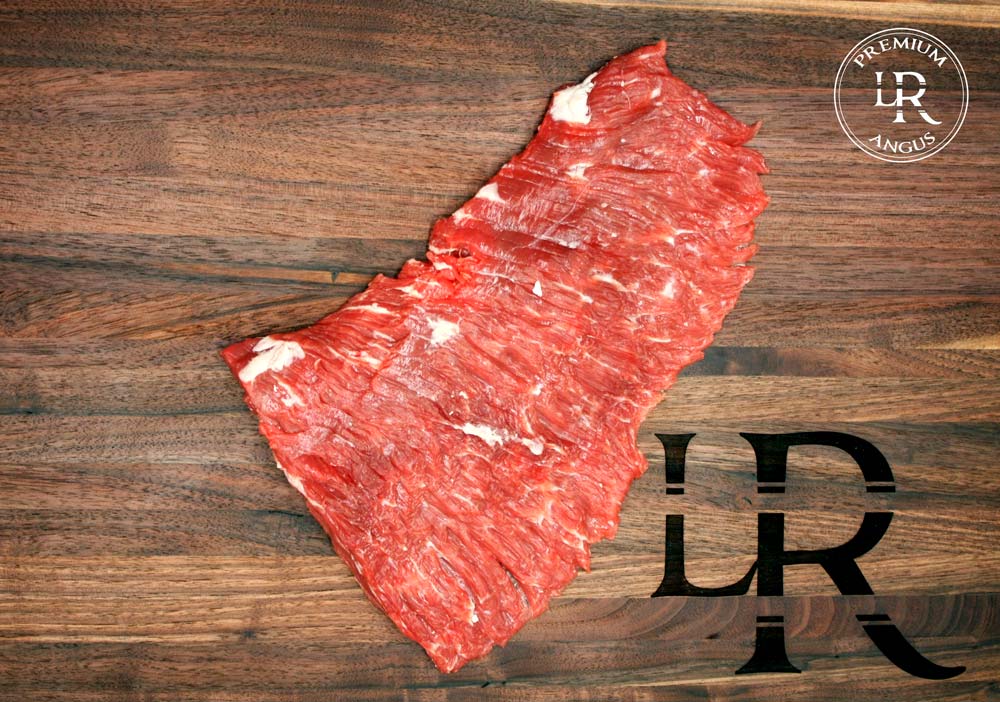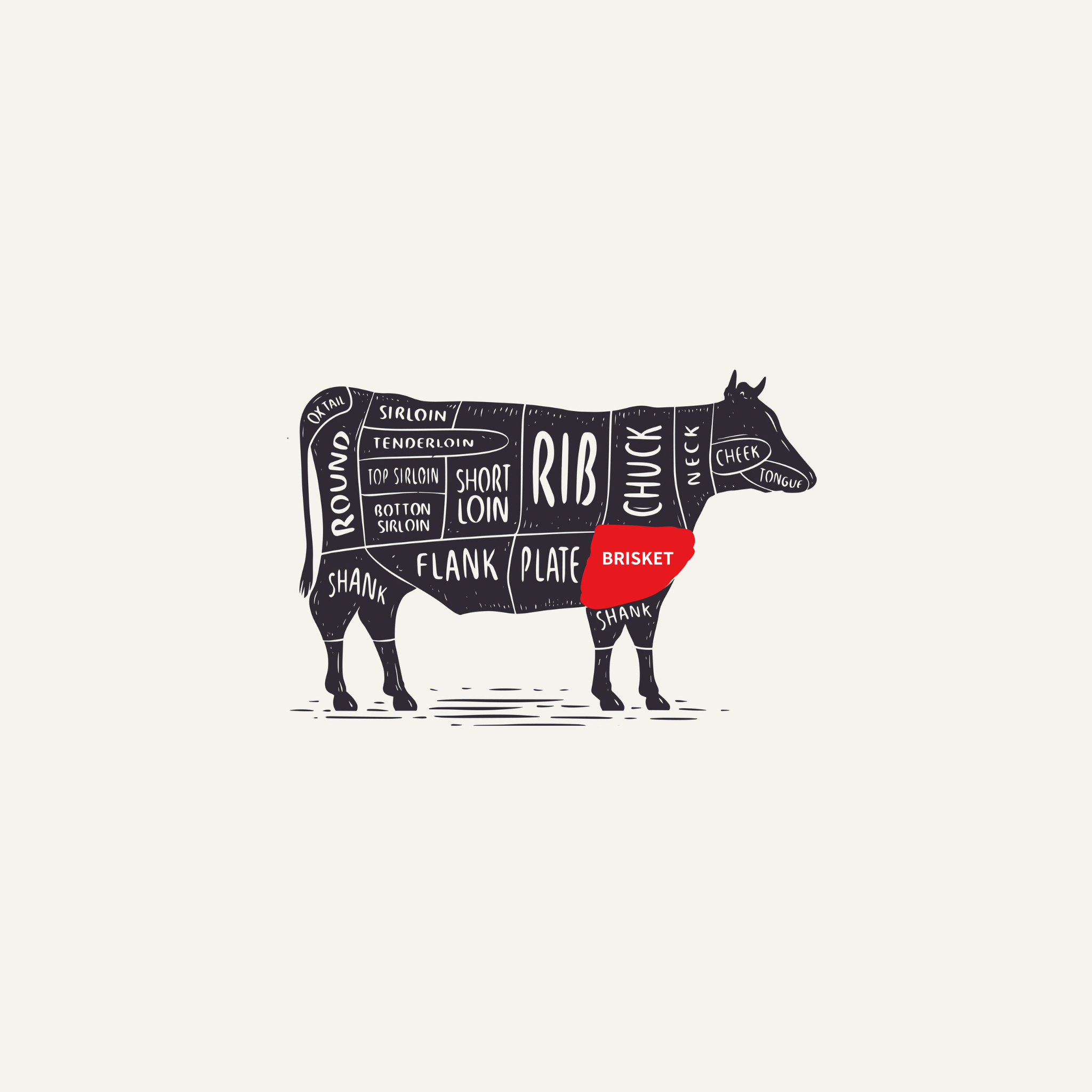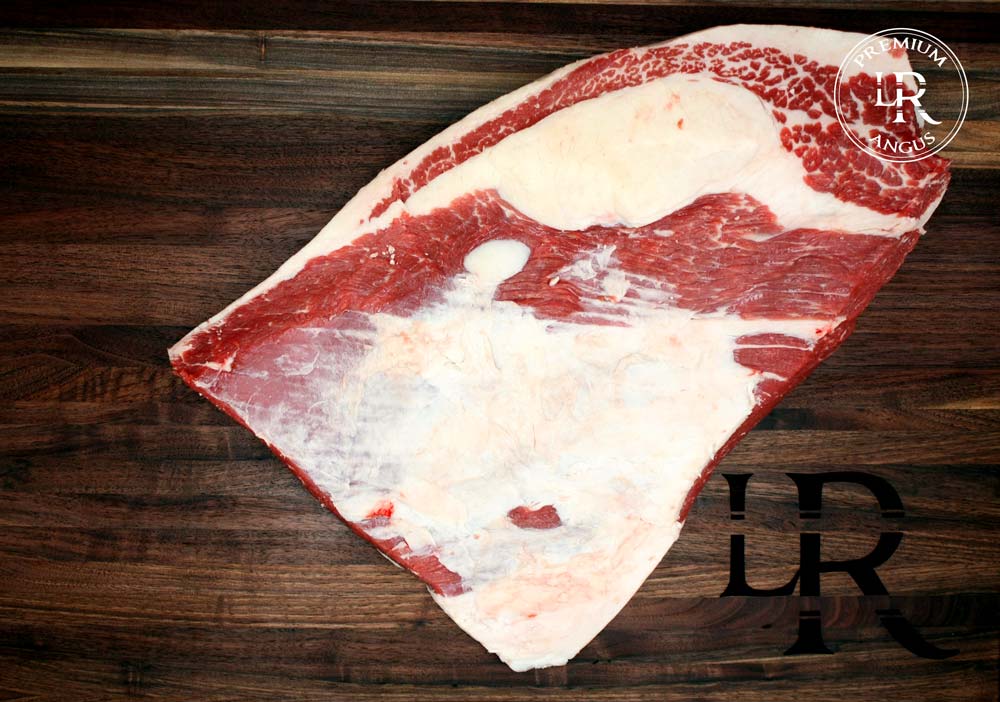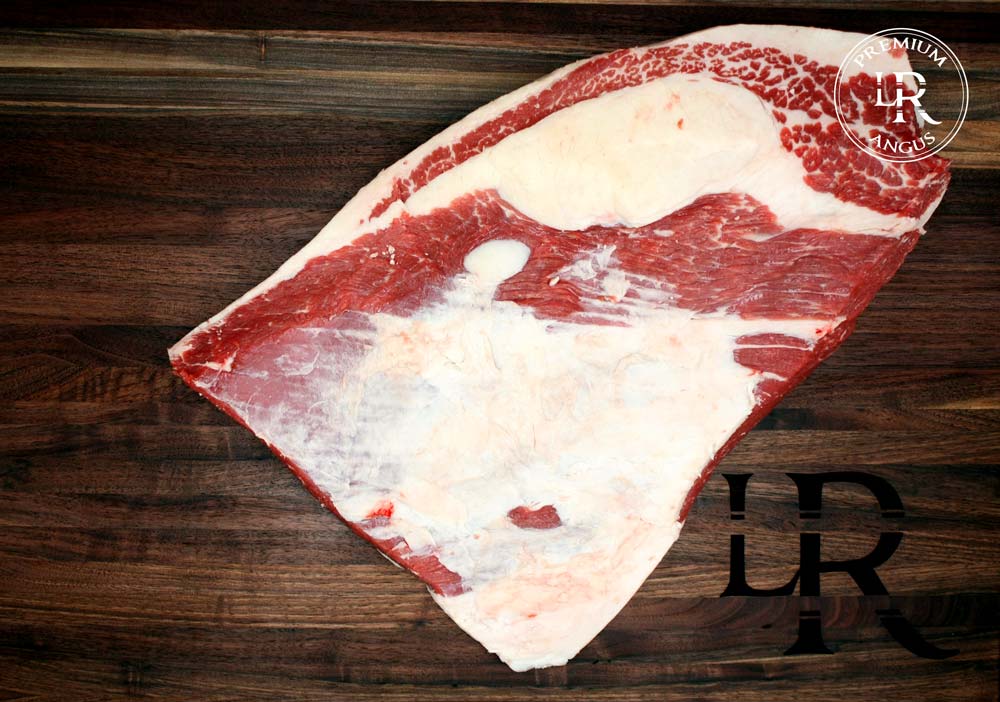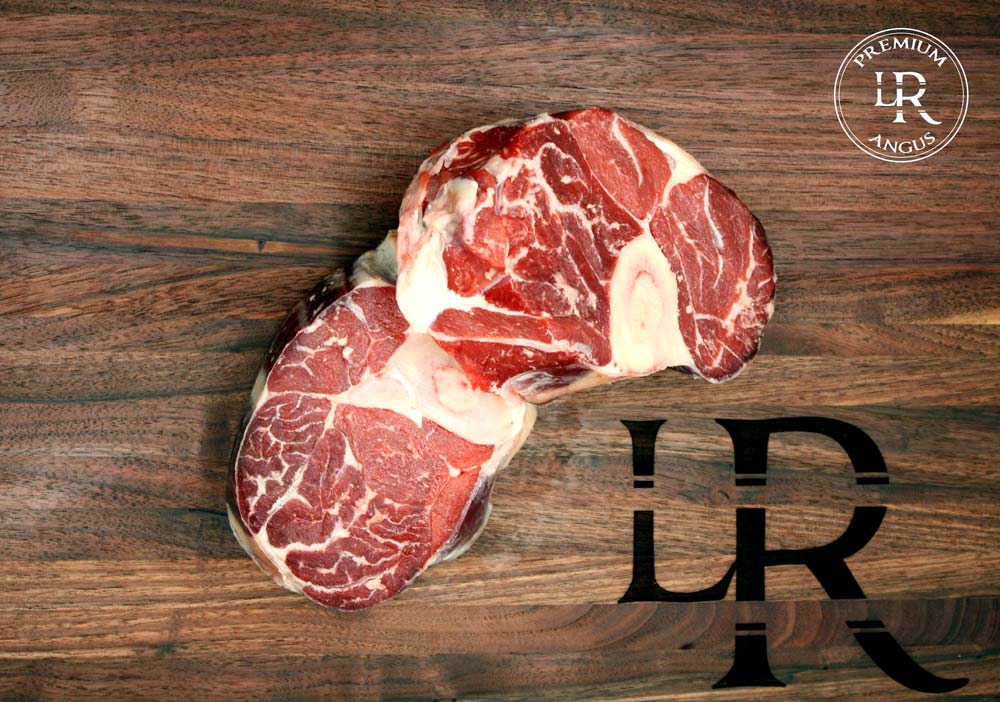Beef Cuts
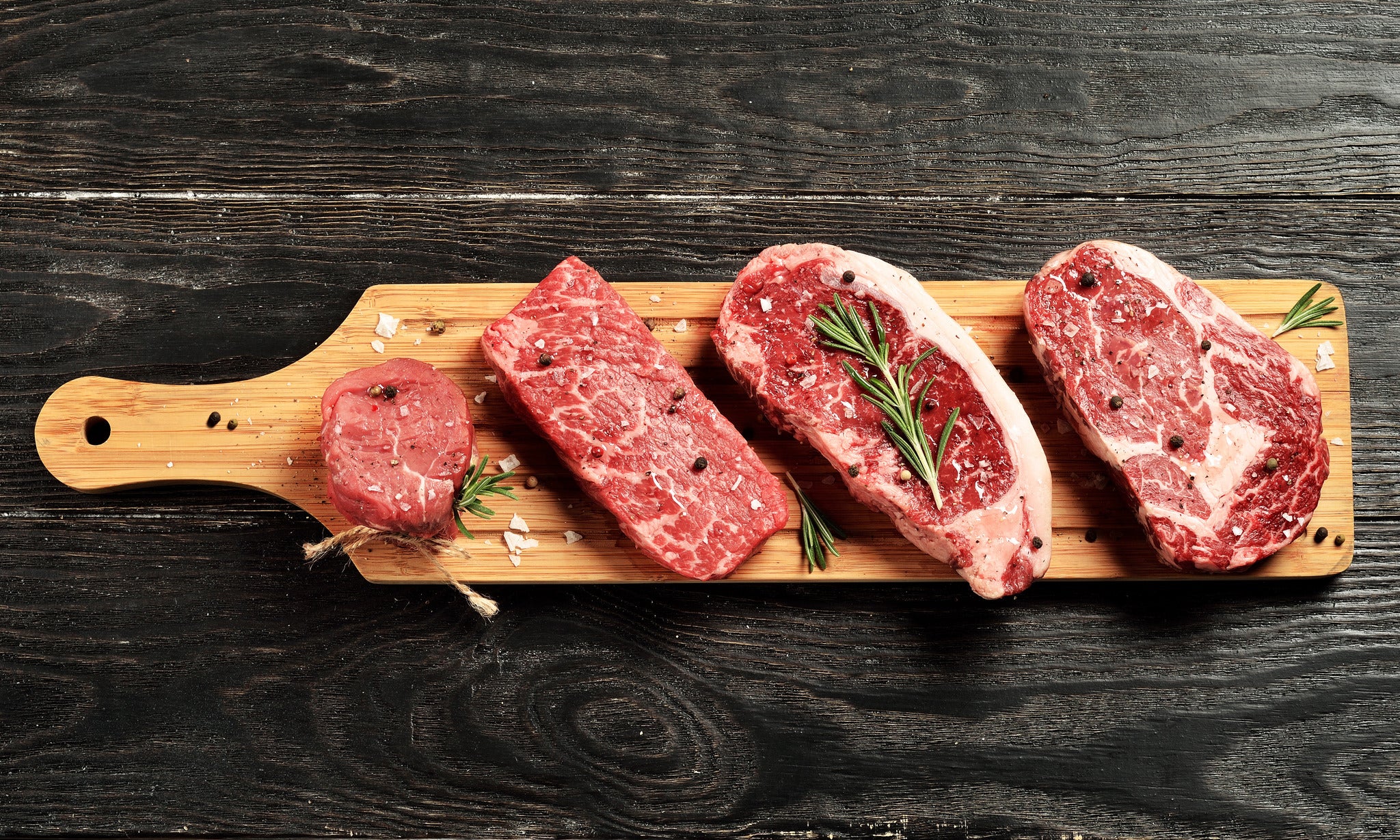
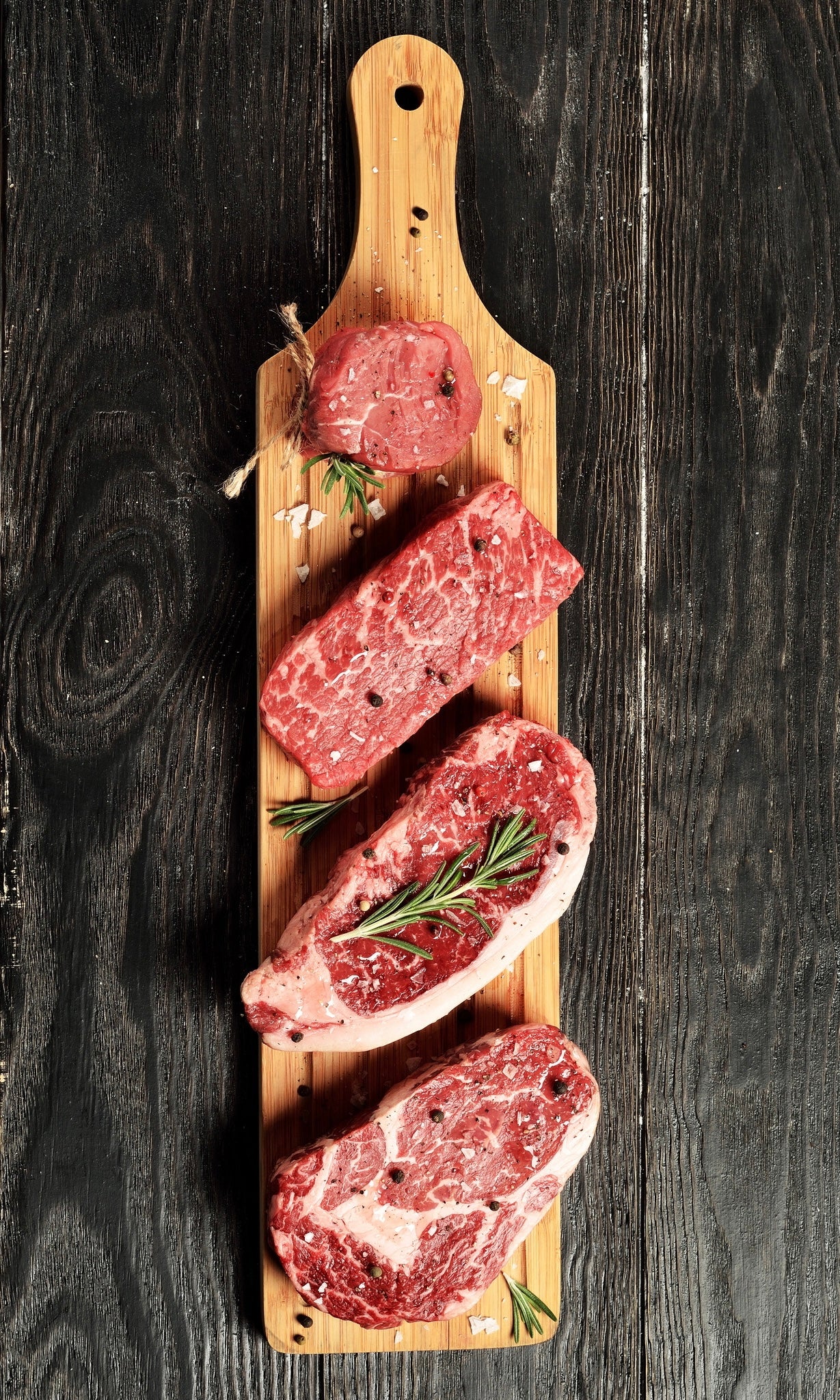
A guide to beef cuts
Everything you didn’t know you needed to know
Why should you care about the different cuts of meat?
Picture this: Imagine boosting your kitchen skills, becoming the BBQ legend at family gatherings, and keeping some extra cash in your wallet - all while savoring mouthwatering meals.
Yep, that's what understanding meat cuts can do! The next time you visit your favorite beef website, you'll confidently select the juiciest steaks and the most tender roasts, ensuring that every meal you prepare is a resounding success!

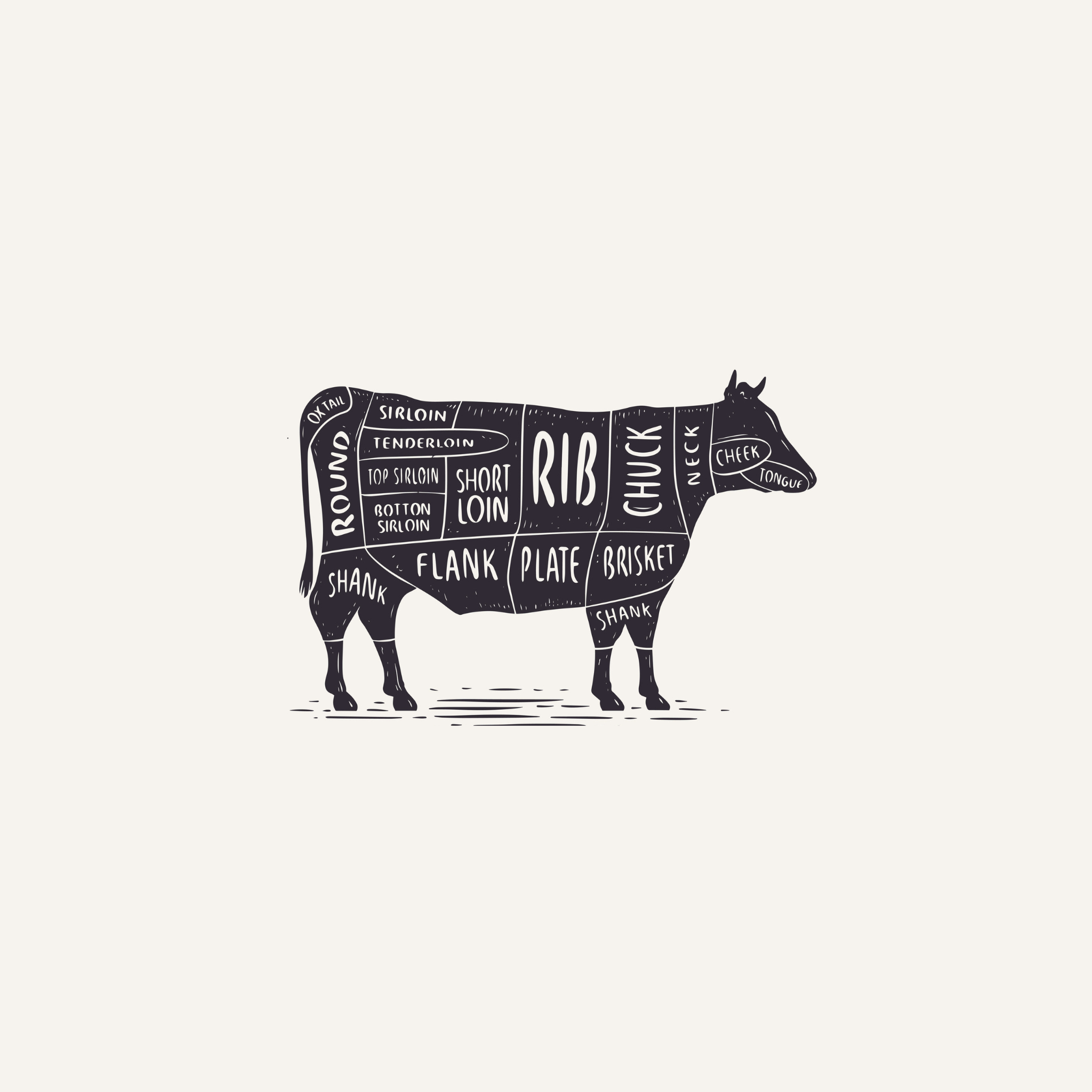
The 7 cuts
Let’s talk about the 7 most important cuts:
- Loin
- Chuck
- Rib
- Round
- Flank
- Brisket
- Shank
Loin
This is where the priciest cuts come from, but there's a reason behind it. The loin, found just behind the ribs, is where you'll discover the priciest pieces. This area doesn't get much exercise, making it super tender compared to those hardworking muscles.
The loin is like a treasure chest with two valuable sections: the sirloin and the short loin. Sirloin, located at the back of the loin, is flavorful but not the tenderest. It's the grill master's dream, perfect for sizzling up delicious steaks like sirloin steak and top sirloin.
Short loin, on the other hand, sits closer to the cow's center and is even more tender than sirloin. It's like the VIP section of the loin. Short loin cuts, including NY strip, T-Bone, porterhouse, tenderloin filet (which happens to be the famous filet mignon), and strip loin, are all about quick cooking, like grilling or frying.
When you're looking for something exceptional, consider the loin cuts.
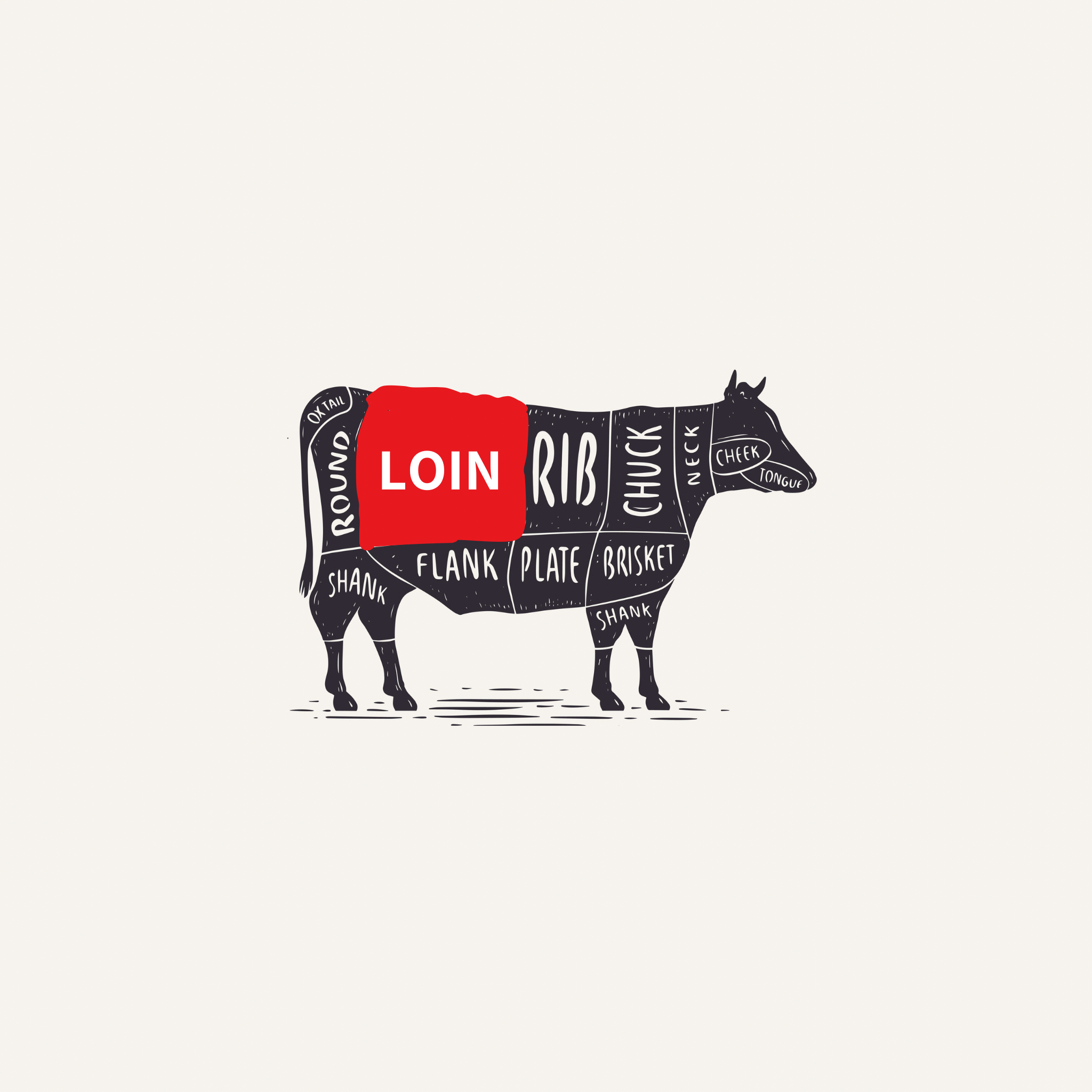

Chuck
Chuck meat comes from a cow's shoulder, and it's a tasty part of the animal that you can cook in various ways. It's known for being a bit firm but full of flavor. The cool thing about chuck is that it's versatile and budget-friendly, so you've probably had it before without realizing it! It's like the unsung hero of the beef world, perfect for all sorts of recipes.
You can find chuck in different forms, like ground chuck for making hamburgers, chuck short ribs for a hearty meal, tender shoulder medallions, pot roast for a cozy dinner, steak for grilling, and even stew meat for soups and stews. Chuck's got you covered for all your cooking adventures!
Ribs
Let's dive into the world of the ribs! It's all about those ribs and the backbone of the cow. Interestingly, out of the 13 pairs of ribs on a cow, only the last six are part of this section. The rest? Well, they hang out with the chuck and short plate crowd!
Now, what makes rib cuts so special? It's all about that marvelous marbling of fat, which gives them their tenderness and that oh-so-distinctive flavor.
From the rib comes beef short ribs, the famous ribeye steak, and back ribs.
Flank
Let's journey to the world of the flank primal cut, which resides just below the loin. Interestingly, it's a boneless wonder that packs a flavorful punch, despite its reputation for toughness.
In the realm of flank cuts, you've got two main contenders: the mighty flank steak and the trusty skirt steak. They both shine brightest on the grill, sizzling away at high heat, creating mouthwatering magic.
Brisket
Let's dive into the world of brisket, a true star of barbecues! This cut comes from the cow's breast, and it's famous for its rich, fatty, and somewhat tough nature. But here's the twist: when cooked with patience, low and slow, it transforms into a melt-in-your-mouth delight. Just watch out, as there's a fine line between juicy and dry when slow-cooking brisket. That's why marinating and tenderizing this cut is like giving it a pre-cook spa treatment.
Now, when you're on a brisket hunt, you'll typically come across two contenders: brisket point and brisket flat.
Shank
Let's explore the world of shank, a true underdog in the realm of beef cuts. Positioned in front of the brisket at the cow's forearm, it's often considered one of the toughest and most budget-friendly options out there. Shank has a reputation for being on the dry side, which might explain why it's not a supermarket superstar.
However, there's a secret: it's a fantastic choice for making rich beef stock or lean ground beef. But, a word of wisdom – this cut's dry nature means it's at its best when it's given plenty of time in a moist cooking environment. Low and slow is the key.

